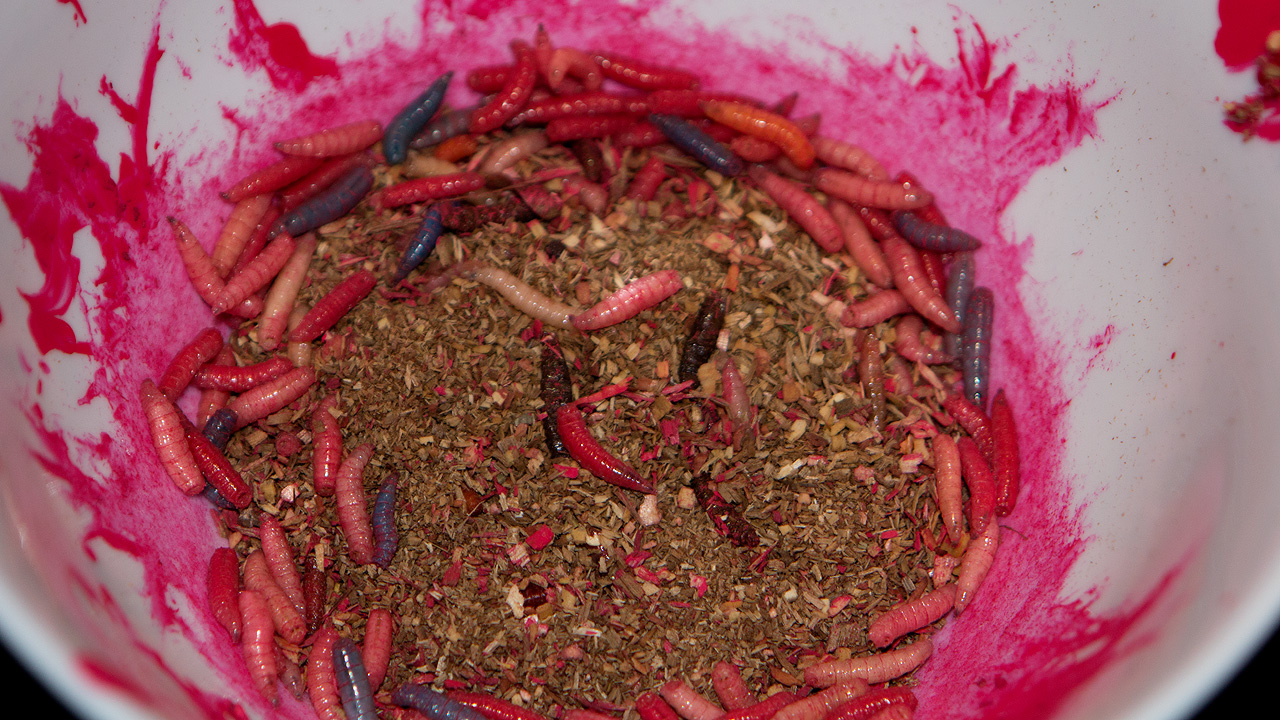In 1997, Eduardo Kac invented the term “Bio Art,” giving a name to several of his ethics-challenging projects in transgenics and biotechnology. His Genesis installation allowed online viewers to interact with a synthetic gene, proposing a philosophical paradox of man’s supremacy over nature. Alba, Kac’s genetically-altered florescent bunny, roused global controversy.

“You would be surprised by the number of individuals who consider themselves liberal and progressive who attacked me for using ‘the enemy’s tool,'” Kac told ANIMAL.

While it’s still an emerging field, more and more contemporary artists are being seduced by the virtually limitless possibilities of Bio Art. CUT/PASTE/GROW, an exhibit that just opened at Brooklyn’s Observatory, showcases some of today’s most intriguing and “ethical question-begging” Bio Art pieces.
Kac’s latest creation is a human-petunia hybrid containing bits of his own DNA. Its name is Edunia, and Eduardo’s blood gene courses through in the flower’s red veins, visible and undeniably human-like against its fleshy, pale pink petals.
Edunia had company: An intelligent, single-celled “slime mold” with an affinity for oats and an astonishing ability navigate the quickest route through a maze; colorful, clairvoyant maggots who used their painting skills to warn us of humankind’s inevitable diabetes-induced demise; dormant “zombie tube worms” created with dehydrated yeast and bacteria cultures and delicately recast in Kombucha. And oh, so many others.

On Saturday night, attendees of the opening crowded into Observatory’s small lobby for a live presentation of DIY chromosome extraction from frozen strawberries, using alcohol as a solvent.

The ingredients were then tossed into a blender and transformed into delicious — and strong — “DNAquiris.” Cheers to science!
The pieces on display at CUT/PASTE/GROW are varied, but all of the works “reframe the conversation around biotech (too often focused on unrealistic fears), and poke perhaps under-asked questions at biology,” Observatory curator Wythe Marschall explains.
“In what ways can we create art that meaningfully comments upon science, that encourages informed conversation and brings more powerful creative forces into both the gallery and the lab?”

Whether you find the processes of transgenics and biotechnology unnatural and abhorrent or awesomely intriguing, it’s important to be informed about the technologies that are increasingly relevant to our society. It seems that a common goal of bio artists is to bring this conversation into mainstream culture.
“My reason for converting science into an artistic process is to bring science appreciation into culture, which I feel is something lacking in today’s world,” artist Nikki Romanello of Fossil Screen and Tube Worms tells ANIMAL.
“I want to encourage people to research and experiment. I want to educate people so they can make a positive impact on the world.”
 CUT/PASTE/GROW, Various Artists, Mar 23- May 11, Observatory, Brooklyn (Photos: Julia Dawidowicz/ANIMALNewYork)
CUT/PASTE/GROW, Various Artists, Mar 23- May 11, Observatory, Brooklyn (Photos: Julia Dawidowicz/ANIMALNewYork)


